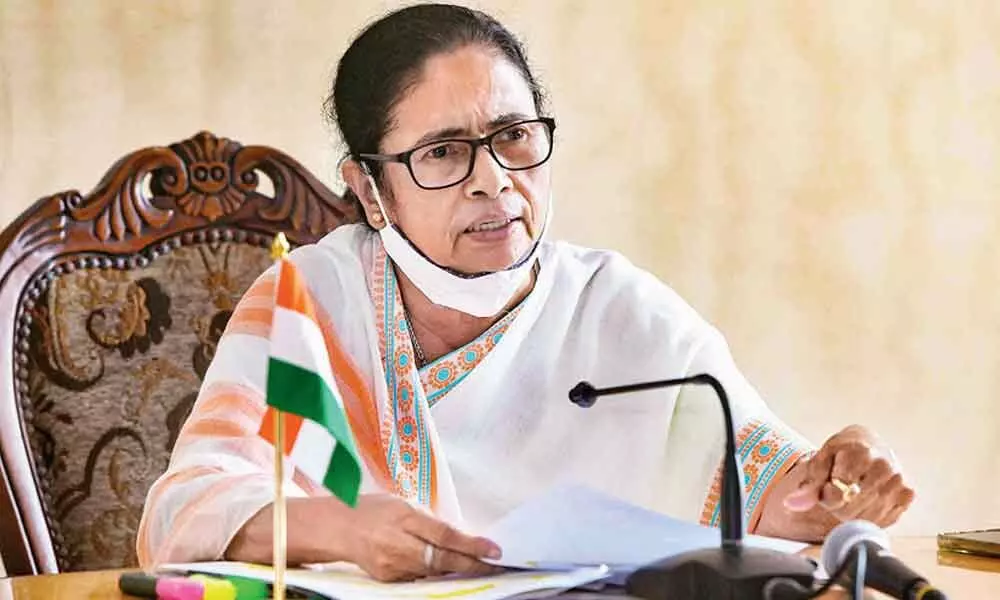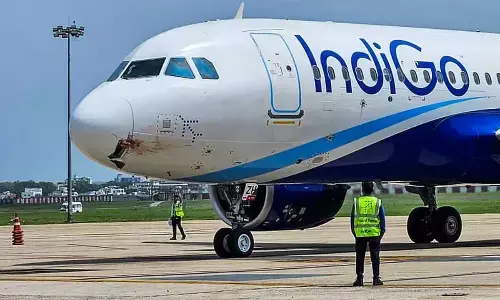Another round of district bifurcation in Bengal likely next year

Chief Minister Mamata Banerjee
Speculation is rife that West Bengal is heading for a fresh round of district bifurcation by 2023.
Kolkata: Speculation is rife that West Bengal is heading for a fresh round of district bifurcation by 2023.
Reportedly a brainchild of Chief Minister Mamata Banerjee, the preparatory planning for this proposed fresh district bifurcation has already started and the plan is currently restricted among a selected members of the cabinet and the top bureaucrats of the state. Although none of the top cabinet members and bureaucrats were willing to make any official comment on this matter, highly placed sources said if the fresh bifurcation is done the total number of districts in West Bengal will increase to 27 from the existing 23.
The planned three new districts will be forked out of the two big districts of North 24 Parganas and South 24 Parganas. To recall, the two existing districts of North 24 Parganas and South 24 Parganas were formed by bifurcating the erstwhile undivided 24 Parganas district on March 1, 1980.
A state government official, aware of the planning on the formation of the three new districts, told IANS on condition of anonymity, that the proposed three districts would be Sunderbans, Basirhat and Alipur.
Of the three, the formation of Sunderbans district will be the most complicated process and it will have to be formed by forking out pockets from both North 24 Parganas and South 24 Parganas district. According to him, the proposed Sunderbans district might be forked out mainly out of Gosaba, Basanti and Kultali areas in South 24 Parganas district as well as Hingalganj and Sandeshkhali blocks in the current North 24 Parganas district.
The state government official also said that the formation process of the planned Basirhat and Alipur districts will be comparatively simple. Alipur might be formed with the pockets forked out of the Kolkata adjacent pockets in South 24 Parganas districts as well as the Assembly constituencies under Diamond Harbour Lok Sabha constituency, where from the MP is the Trinamool Congress's national general secretary and the chief minister Mamata Banerjee's nephew Abhishek Banerjee.
On the other hand, the state government official said the proposed Basirhat district would be formed from pockets forked out of the existing Basirhat and Bangaon sub-divisions in North 24 Parganas district.
Since 1980, West Bengal has witnessed district bifurcations for seven times, out of which three developments were during the previous Left Front regime and four developments took place during the current Trinamool Congress regime.
The first event of district bifurcation in the state was on March 1, 1980 when the previous Left Front government was in force with late nonagenarian Indian Marxist, Jyoti Basu as the state chief minister.
The second phase of district bifurcation was on April 1, 1992, when the erstwhile West Dinajpur district was bifurcated into the existing North Dinajpur and South Dinajpur districts. At that point of time the Jyoti Basu-led Left Front government was in power in the state.
The third phase of bifurcation was on January 1, 2002, when the undivided Midnapore district was divided into the existing two districts of East Midnapore and West Midnapore. Mamata Banerjee's predecessor, Buddhadeb Bhattacharjee was the chief minister of West Bengal then.
On June 25, 2014, when the Mamata Banerjee-led Trinamool Congress regime came to power, the new Alipurduar district was formed by bifurcating Jalpaiguri district.
Again, on February 14, 2017, the hill district of Kalimpong was formed by bifurcating the Darjeeling district.
On April 4, 2017, the formation of the new Jhargram district was formed by bifurcating the West Midnapore district.
Finally, on April 7, 2017, two districts of West Burdwan and East Burdwan were created by bifurcating the erstwhile undivided Burdwan district.
Commenting on the practical justification of the bifurcation of districts, senior political analyst and former registrar of Calcutta University, Raja Gopal Dhar Chakraborty told IANS that formation of smaller districts through bifurcation of bigger districts is always a welcome move.
"First this will provide a relief to the common people from travelling long distances to reach government offices. Secondly, formation of new districts means creation of new government offices which enhances the scope of fresh employment. However, at the same time, I would also like to say that like the formation of new and smaller districts I also do not find any harm in creation of new and smaller states through bifurcation of bigger states. There might be some sentimental issues involved with the bifurcation of states but creation of smaller states enhances administrative advantage," Dhar Chakraborty said.


















